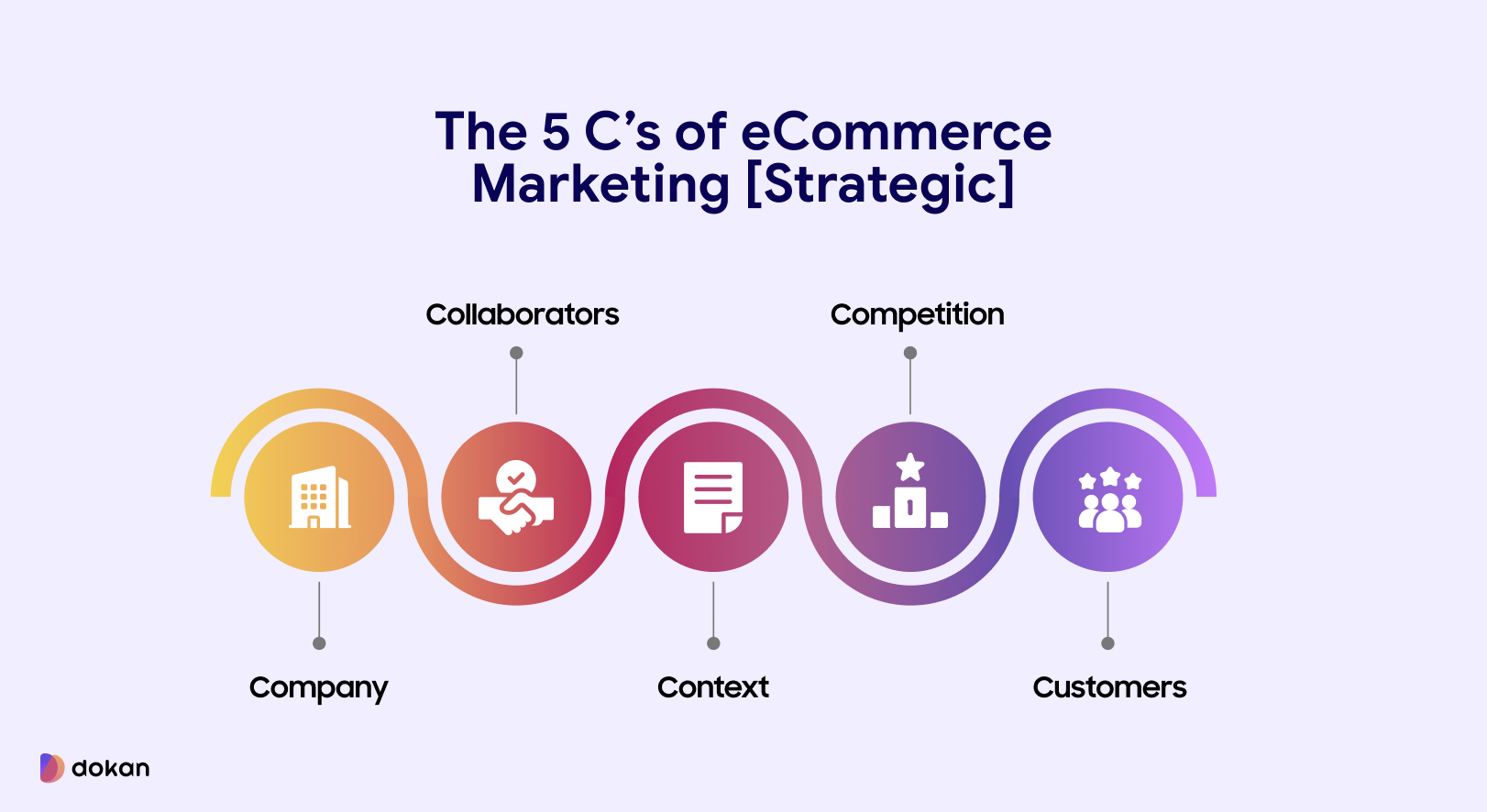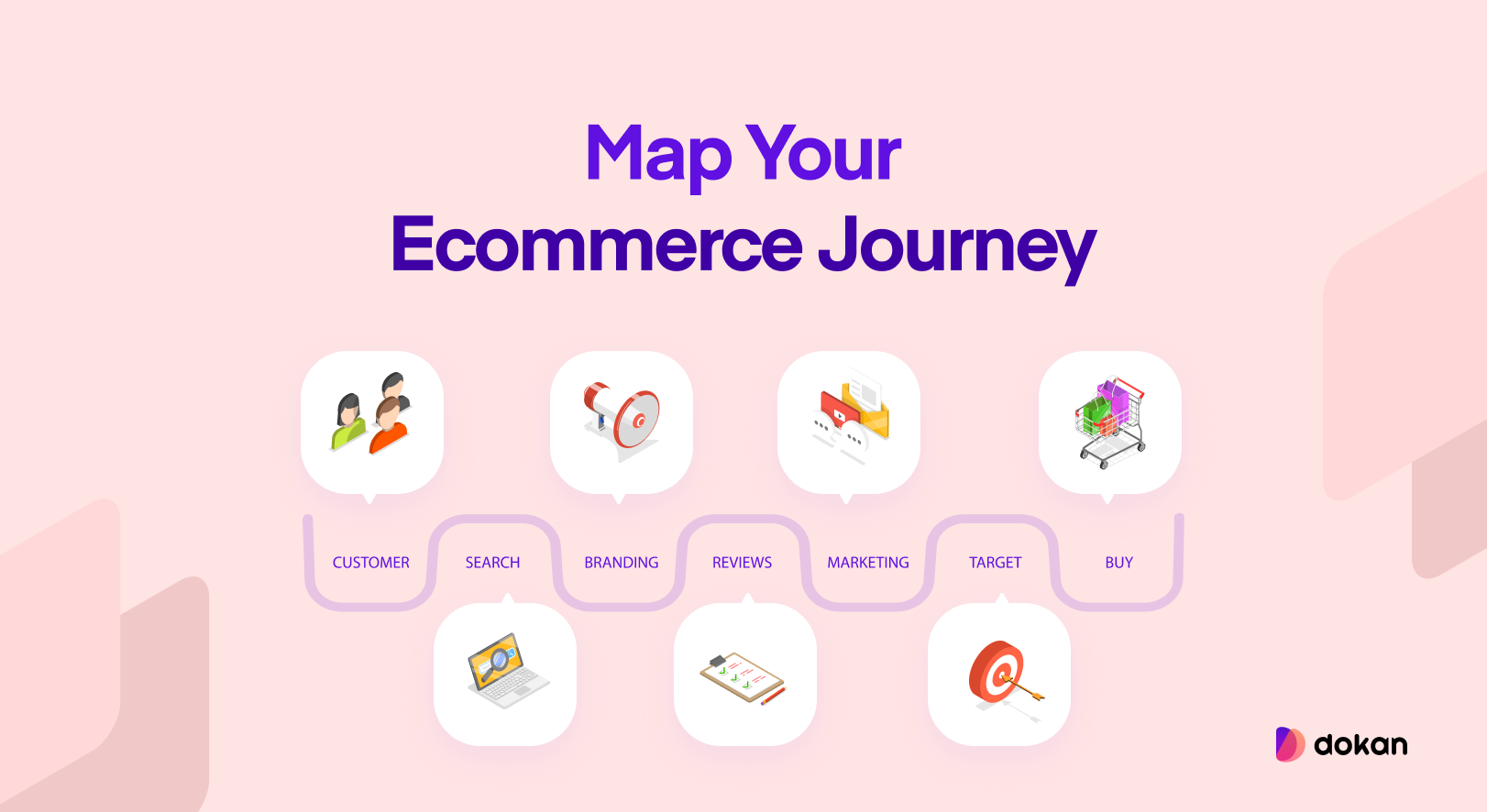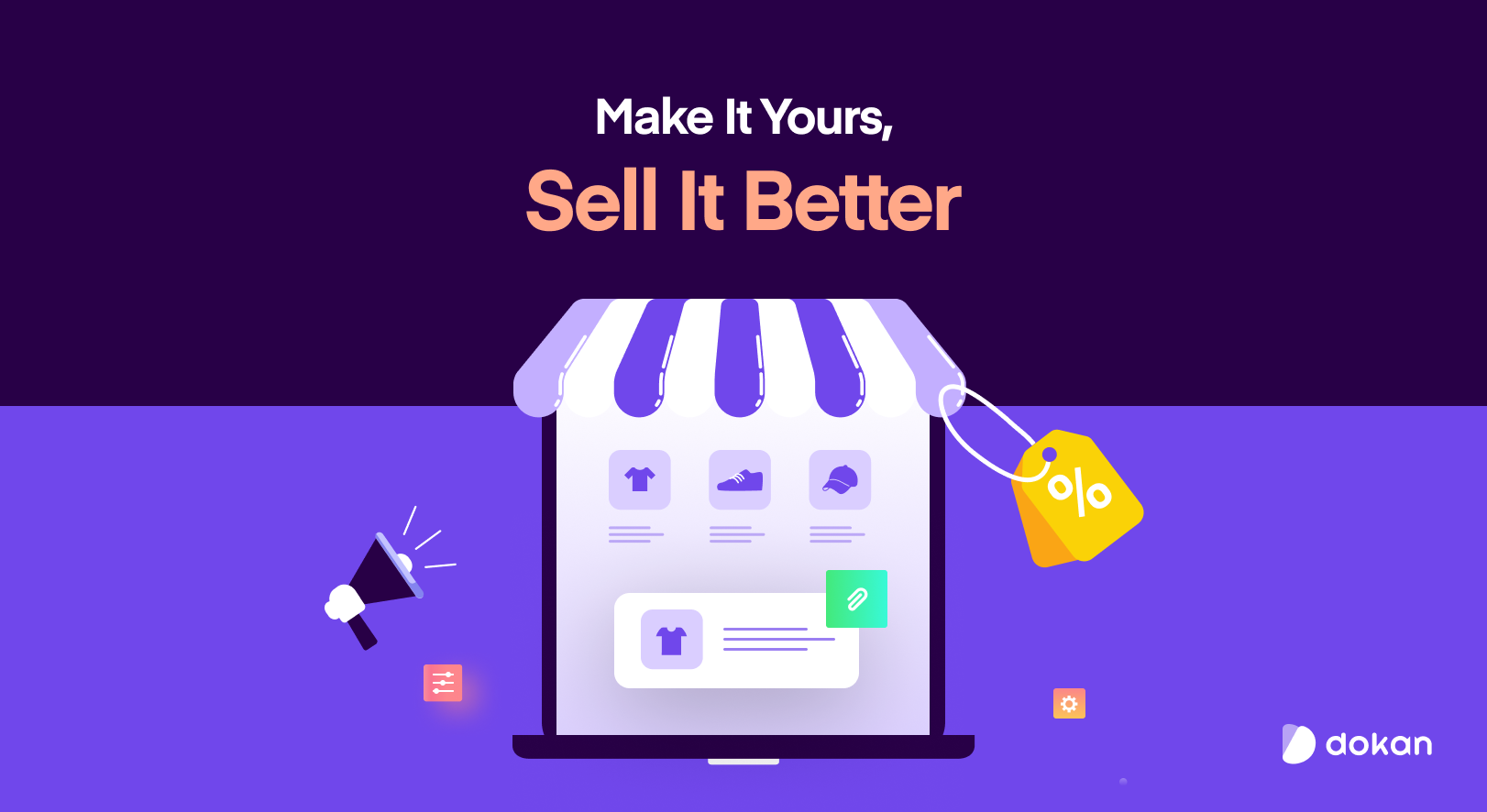AI product recommendations use advanced machine learning algorithms to analyze user behavior, preferences, and past interactions to suggest relevant products.
If you’re browsing a website or shopping on a mobile app, these intelligent algorithms work behind the scenes to offer you tailored product suggestions that increase the likelihood of a sale.
In this blog, we will explore the power of AI recommendation systems and how they can be used to significantly boost your eCommerce sales. We’ll break down the various types of recommendation systems, explain how they help increase sales through personalized shopping experiences, and dive into the benefits that businesses can expect.
Lets get started-
Types of AI Product Recommendations
AI recommendation systems are the backbone of personalized eCommerce experiences. These systems help businesses deliver tailored product suggestions based on various algorithms that analyze customer data.
Let’s take a closer look at the different types of AI recommendation systems that are widely used in eCommerce.
1. Content-Based Filtering
Content-based filtering is one of the most straightforward types of recommendation algorithms. It works by analyzing the attributes of a product and matching those attributes with a user’s previous behavior or preferences.

For example, if a customer has previously purchased running shoes, the system will recommend similar running shoes based on characteristics like brand, color, or features such as “waterproof” or “lightweight.”
Suppose a customer purchases a red dress. The content-based system might recommend other red dresses or similar items with comparable attributes, such as fabric type or fit.
Advantages:
- Highly relevant recommendations: Users are shown items that align closely with their known preferences.
- Transparency: It’s easy to understand why a certain product is being recommended because it’s based on specific attributes.
Disadvantages:
- Limited diversity: It may recommend products that are too similar to what the customer has already seen or bought, limiting variety.
- Requires rich data: Content-based filtering needs detailed metadata and descriptions for effective results, which might not always be available.
2. Collaborative Filtering
Collaborative filtering is another widely used method for generating recommendations.
Unlike content-based filtering, collaborative filtering focuses on user behavior and preferences, relying on past interactions and the behavior of other users to make recommendations.

It assumes that if users have agreed on one product in the past, they will agree again in the future.
If Customer A and Customer B have both purchased similar products in the past, the system might recommend to Customer A products that Customer B has also bought but that Customer A has not yet discovered.
There are two types of collaborative filtering-
2.1 User-Based Collaborative Filtering
User-based collaborative filtering suggests products by identifying users with similar preferences. If two users have a history of buying similar items, the system will recommend products that one user liked but the other has not yet purchased.
For example, customer A buys a lot of vintage jackets, and Customer B has similar interests. If Customer A buys a new vintage jacket, the system will recommend it to Customer B.
Advantages:
- Personalized recommendations: It generates relevant suggestions based on the behavior of similar users.
- Great for new users: Can suggest products to new users by looking at similar users’ preferences.
Disadvantages:
- Cold start problem: New users with little data have fewer recommendations, as there’s not enough information about their preferences.
- Scalability issues: As the user base grows, the system may become slower and less effective due to increased data.
2.2 Item-Based Collaborative Filtering
Item-based collaborative filtering focuses on the relationships between items rather than users. This system recommends products similar to the ones a user has previously interacted with or purchased, based on other users’ interactions with those items.
If a customer buys a laptop, the system might suggest related accessories, such as laptop cases or mouse devices. Based on other users who purchased the same laptop and also bought those accessories.
Advantages:
- Efficient with large datasets: Item-based collaborative filtering is often more scalable because the number of items doesn’t grow as fast as the number of users.
- Fewer data requirements: The system can function well with limited information about a user’s preferences.
Disadvantages:
- Lack of personalization: Although effective, the recommendations might lack deeper personalization compared to user-based collaborative filtering.
- Potential for irrelevant recommendations: It can recommend items that are related but may not be of interest to the user.
3. Hybrid Filtering
Hybrid filtering combines both content-based and collaborative filtering to use the strengths of each system while mitigating their weaknesses.

By using a hybrid approach, the recommendation system can generate more accurate and relevant suggestions.
In an online bookstore, a hybrid system could recommend books based on the user’s past reading history (content-based) as well as books that users with similar interests have bought (collaborative-based).
Advantages:
- Improved accuracy: By combining the strengths of multiple methods, hybrid systems can provide more precise and relevant recommendations.
- Overcomes limitations: Hybrid filtering helps overcome the cold start problem and reduces issues like recommendation stagnation.
Disadvantages:
- Complex implementation: Hybrid systems are more complex to build and maintain.
- Increased computational cost: Combining multiple algorithms increases processing time and system resource requirements.
How Can an AI Recommendation System Increase Sales?
AI recommendation systems are powerful tools that not only enhance the customer experience but also directly contribute to increasing sales.
By providing personalized suggestions, these systems encourage higher engagement, more purchases, and greater customer loyalty.
Let’s explore how they can help boost your sales.
Personalized Shopping Experience
AI recommendation systems personalize the shopping experience by showing customers products based on their browsing history, preferences, and purchase behavior.

An online clothing store might recommend dresses based on what a customer has previously viewed or purchased.
This personalization makes customers feel like the store understands their preferences, leading to higher conversion rates and more satisfied shoppers.
A user looking for men’s shoes might see other shoe options they’ve searched for before, along with accessories like socks, belts, or shoe care items, making it more likely they’ll buy.
Cross-Selling and Upselling
AI-driven product recommendations are great for cross-selling and upselling.
By suggesting complementary products (cross-selling) or higher-value alternatives (upselling), these systems help increase average order value (AOV).

After a customer adds a camera to their cart, the recommendation engine might suggest camera accessories like lenses, tripods, or memory cards, encouraging the customer to buy more.
Increased User Engagement
AI recommendation systems also play a key role in increasing user engagement. By showing relevant products based on what customers are most likely to be interested in, they stay engaged longer on the website or app.
The more users are engaged, the more likely they are to explore more products, which in turn increases the chances of making a sale.
A customer who regularly browses home décor items might be recommended new arrivals, limited-edition collections, or best-sellers that match their style, prompting them to browse more products and stay engaged longer.
Enhanced Customer Retention
Personalized recommendations help keep customers coming back. When a customer receives tailored suggestions based on their past behavior, they are more likely to return to the website to explore similar items.
This leads to improved customer retention rates and repeated sales.
An online fashion store sends personalized emails with recommended outfits based on a customer’s previous purchases, keeping them engaged and more likely to return for new arrivals or seasonal collections.
Improved Inventory Management
AI recommendation systems can also aid in inventory management by analyzing sales trends and predicting demand for products.
Store owners can use these insights to optimize stock levels, ensuring they don’t run out of popular items while avoiding overstocking less popular ones. This can help reduce excess inventory and improve profit margins.
A system might recognize that certain products are frequently purchased together, helping store owners predict which items should be stocked together in greater quantities.
Better Decision-Making for Marketing
AI recommendation systems generate valuable data that can help businesses make informed decisions about marketing campaigns.

By understanding which products are most recommended and purchased, businesses can tailor their marketing efforts to promote the right items to the right customers at the right time.
An eCommerce store can analyze customer behavior to identify which products are frequently purchased together and create targeted marketing campaigns promoting those specific combinations.
Streamlined Discovery
AI-powered recommendations help customers discover new products that match their interests, which they might not have found otherwise.
By making the discovery process easy, AI increases the chances of conversion. It also encourages customers to explore more of what your store offers.
A customer browsing for gaming accessories could be recommended the latest games, gaming consoles, and even new releases that they might not have thought to search for themselves.
Rule-Based vs AI-Generated Recommendations
| Criteria | Rule-Based Recommendations | AI-Generated Recommendations |
|---|---|---|
| Basis of Recommendation | Predefined rules and categories (e.g., discounts, categories) | Machine learning algorithms based on user behavior and preferences |
| Personalization | Limited personalization, based on predefined rules | Highly personalized based on user’s actions, preferences, and history |
| Data Usage | Uses simple data (e.g., category, price range) | Uses complex data such as past purchases, browsing behavior, and interactions |
| Scalability | Less scalable as rules need to be manually defined | Scalable with minimal manual intervention, automatically adapting to new data |
| Flexibility | Less flexible, cannot adapt to new trends or behaviors | Highly flexible, can adapt to changing customer behavior over time |
| Implementation Complexity | Easier and faster to implement | More complex, requires machine learning models and algorithms |
Best Practices for Implementing AI Product Recommendations in eCommerce
Implementing an AI recommendation system is a powerful way to increase your eCommerce sales, but it’s essential to follow best practices to ensure that the system works effectively.
Here are some key guidelines for implementing AI-powered product recommendations in your eCommerce store:
Understand Your Customer’s Needs
Before implementing an AI recommendation system, you need to understand the needs and preferences of your customers. Collect and analyze data about their behavior, preferences, and past purchases. This insight will allow you to tailor the recommendation engine to provide suggestions that are relevant and valuable to your users.
If you run an online bookstore, understand what genres or authors your customers typically purchase, and ensure that your recommendation system suggests books in those categories.
Use High-Quality Data
AI recommendations rely heavily on data, so it’s crucial to ensure the quality of the data being used. Accurate product descriptions, customer reviews, and behavioral data are essential for generating precise and effective recommendations.
Without high-quality data, your AI system may offer irrelevant or incorrect suggestions, leading to a poor user experience.
Ensure your product listings are complete, with detailed descriptions, proper categorization, and high-resolution images to improve the quality of the data your recommendation engine uses.
Start with Simple Recommendations
If you’re new to AI recommendations, it’s best to start small. Begin with basic recommendation algorithms like content-based filtering or simple collaborative filtering.

As you gather more data and insights, you can introduce more complex algorithms like hybrid filtering or AI-powered personalized suggestions.
Start with “Customers who bought this item also bought” recommendations and gradually expand to more advanced systems that use machine learning.
Keep Recommendations Fresh
For your recommendations to remain relevant, they need to be updated regularly. AI systems need to be fed with fresh data, so the suggestions don’t become stale or repetitive.
Implement systems that automatically update recommendations based on new customer behavior and seasonal trends.
A clothing store might update recommendations based on the time of year, suggesting winter coats during the colder months and lighter clothing in the summer.
Test and Optimize
It’s important to continuously test and optimize your AI recommendation system to improve its accuracy.
A/B testing can help determine which recommendation strategies work best for your audience. Keep track of key metrics like conversion rates, average order value, and engagement rates to gauge the effectiveness of your AI system.

You could test two different recommendation algorithms (e.g., content-based vs. collaborative filtering) to see which leads to more sales or higher user engagement.
Consider User Control
While AI recommendations are useful, some customers may prefer having more control over the products they see.
Provide users with the ability to personalize their recommendations. Allow them to like, dislike, or exclude certain products from the recommendations, giving them a more customized shopping experience.
An online electronics store could allow customers to indicate the types of products they are interested in (e.g., smartphones, laptops) and exclude recommendations for unrelated items like accessories.
Focus on Cross-Selling and Upselling
AI recommendation systems are particularly useful for cross-selling (recommending complementary products) and upselling (recommending higher-value alternatives).

Focus on encouraging customers to buy additional products or upgrade their purchases by displaying relevant and valuable suggestions.
If a customer buys a DSLR camera, your AI recommendation system could suggest lens options, camera bags, or other related accessories to encourage cross-selling.
Examples of AI-Powered Product Recommendations in eCommerce
Let’s take a look at how some of the biggest eCommerce brands leverage AI-powered product recommendations to boost sales.
Amazon
Amazon is a prime example of how AI recommendations can drive sales. Their recommendation engine suggests products based on user activity, browsing history, and past purchases.
The “Customers who bought this also bought” and “Frequently bought together” features are a key part of their recommendation system.
A user looking at a specific camera will be recommended complementary accessories like camera bags, memory cards, and tripods.
Netflix
While not an eCommerce company, Netflix’s recommendation system is one of the best examples of AI in action.
It uses collaborative filtering to recommend movies and TV shows based on the viewing history of users with similar tastes.
After watching a documentary, a user may be recommended other documentaries, films, or series in the same genre, keeping them engaged and on the platform.
Best Buy
Best Buy uses AI-powered recommendations on its website, suggesting complementary products such as warranties, cables, or home appliances that are often purchased together.
A customer buying a television might be recommended HDMI cables, TV stands, and sound systems.
eBay
eBay’s recommendation system is also powered by AI, using past purchases and search behavior to suggest relevant products. The platform also uses real-time data to adjust recommendations based on what items are trending or popular.
If a user searches for a particular product, eBay will suggest similar items or auctions that are ending soon, encouraging the user to purchase.
Etsy
Etsy uses AI-driven product recommendations that are tailored to each shopper’s interests. The platform suggests handmade or vintage products that are similar to what users have purchased or browsed before.
A customer who purchased handmade candles may receive recommendations for other home decor items, such as custom-made lamps or unique wall art.
Specific eCommerce Recommendation Engine Use Cases
Now, let’s dive into some specific use cases for AI recommendation engines on eCommerce websites.
- Recently Viewed: A “Recently Viewed” section allows users to revisit products they have previously shown interest in. This keeps them engaged and encourages return visits.
- Viewed This, Bought That: This recommendation suggests items that other users viewed and then purchased, leveraging social proof to increase conversions.
- Bought This, Bought That: This recommendation strategy shows items that customers who bought a particular product also bought, encouraging additional purchases.
- Popular Products: Displaying popular products based on customer activity is a great way to promote best-sellers and create urgency for in-demand items.
- New Products: Recommending new arrivals to returning customers based on their past behaviors ensures that they stay engaged with your latest offerings.
Take Advantage of the AI Reccomendation System
AI recommendation systems are not just a luxury; they are a must-have for modern eCommerce businesses looking to stay competitive.
By providing personalized experiences, suggesting relevant products, and optimizing the buying journey, these systems have the power to boost conversions, enhance customer retention, and drive overall sales.
With the right implementation and continuous optimization, AI product recommendations can be a game-changer for your online store.
Subscribe to
Dokan blog
We send weekly newsletters, no spam for sure!







Leave a Reply